When I was in Palm Springs last month for Modernism Week, I missed the opportunity to visit the Cody Family Residence, which artist Phillip K. Smith III had taken over with a temporary, site-specific installation of his light and space sculptures.
It was a one-time event that was happening just days after I'd be leaving Palm Springs. And my schedule didn't allow me to return so soon.
Fortunately, the PKSIII installation is taking reservations through April 5—so a month later, I made my way back to the Coachella Valley just to see it.
And it was worth the trip.
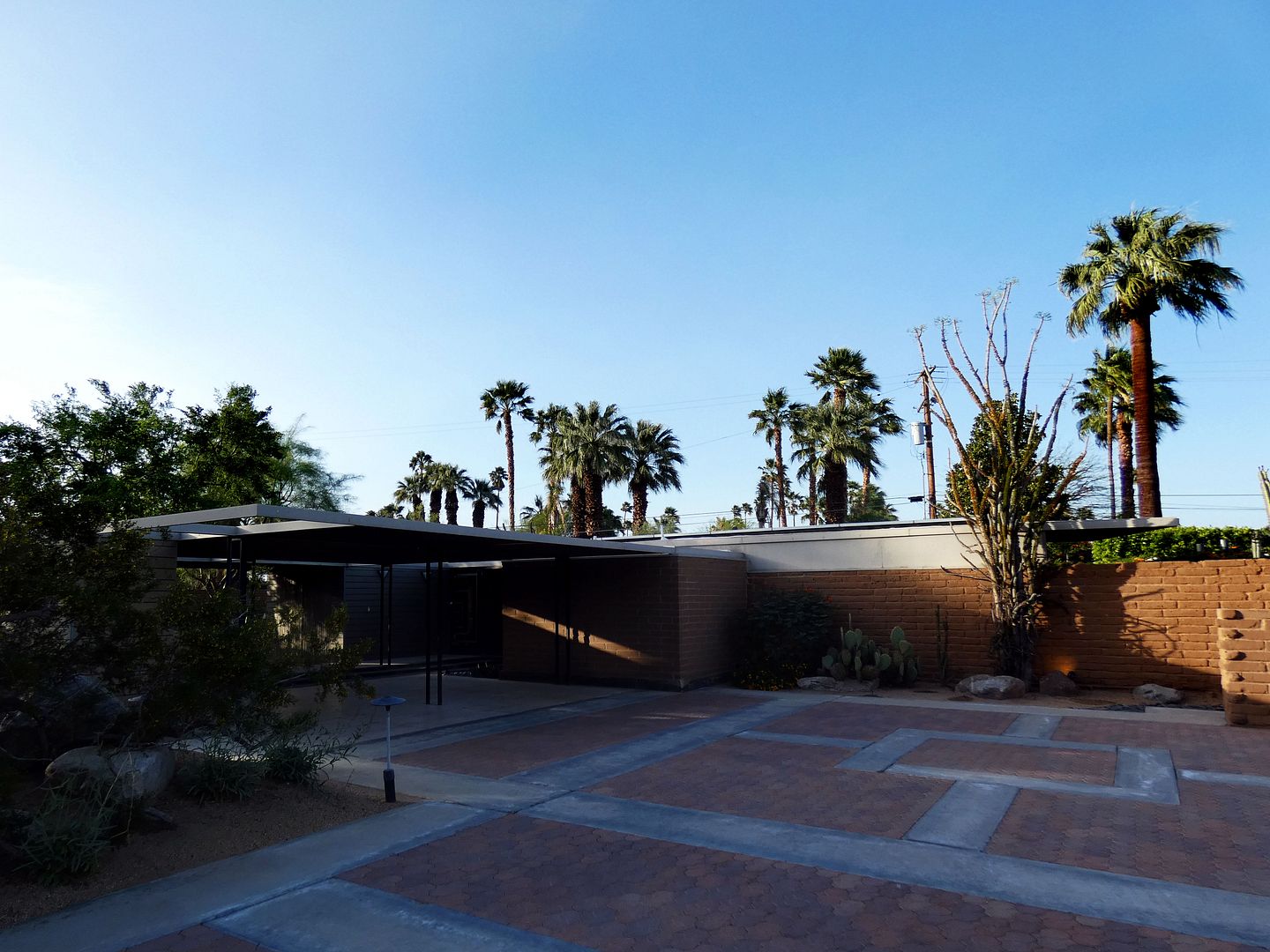
First of all, I was interested in seeing the Mid-Century Modern home itself. Designed by architect William F. Cody to live in with his wife Winifred and their family, it was completed in 1952, while Cody was frequently being commissioned to build country club clubhouses and their related housing developments.
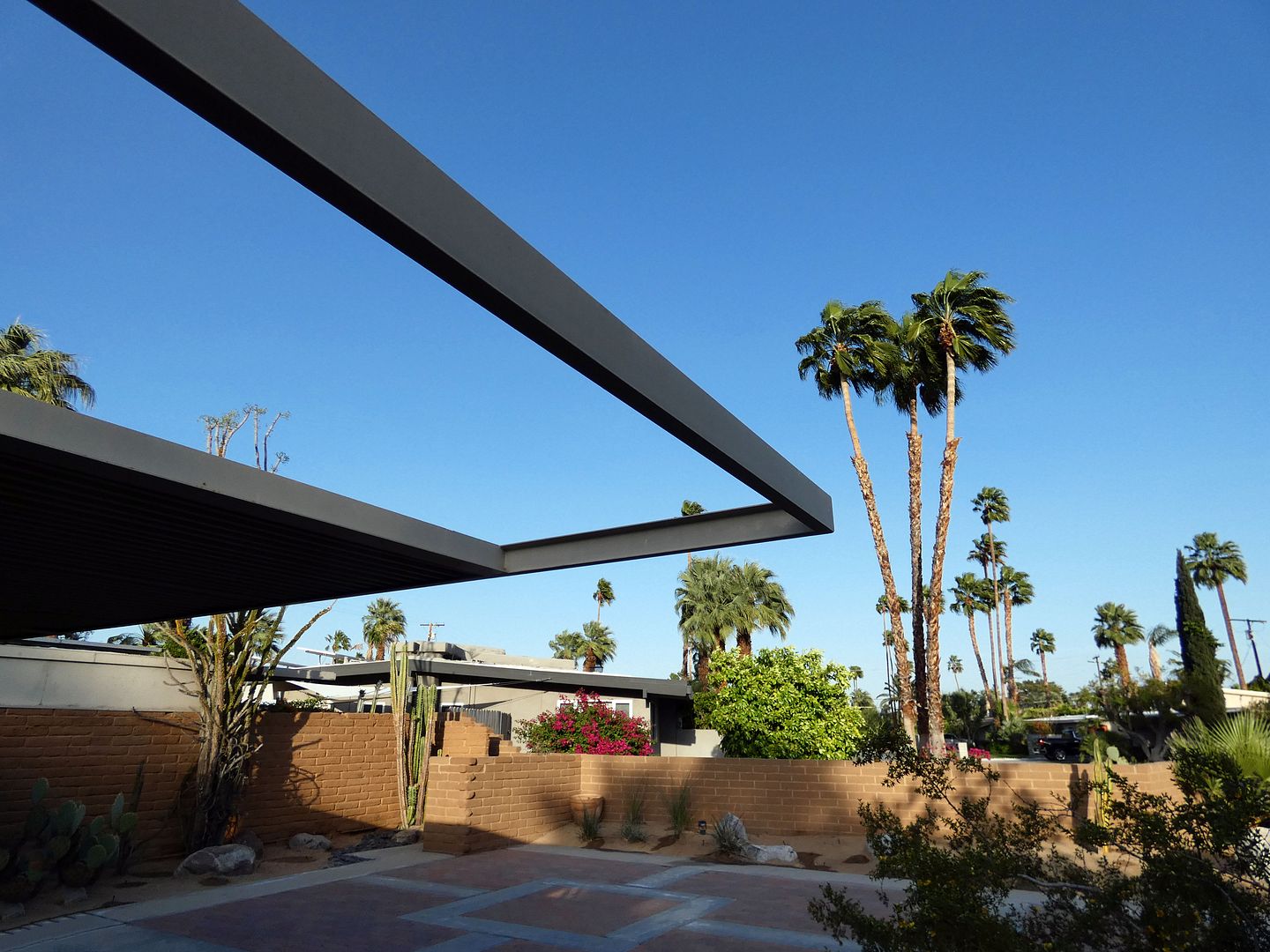
It's located in the Sunrise Park neighborhood of Palm Springs—and considered one of the most important steel-framed homes that was built during the country's Post-War Era. It's privately owned and rented as a vacation home, so the only way to get in and look around is during Modernism Week (or a cool art event like this).
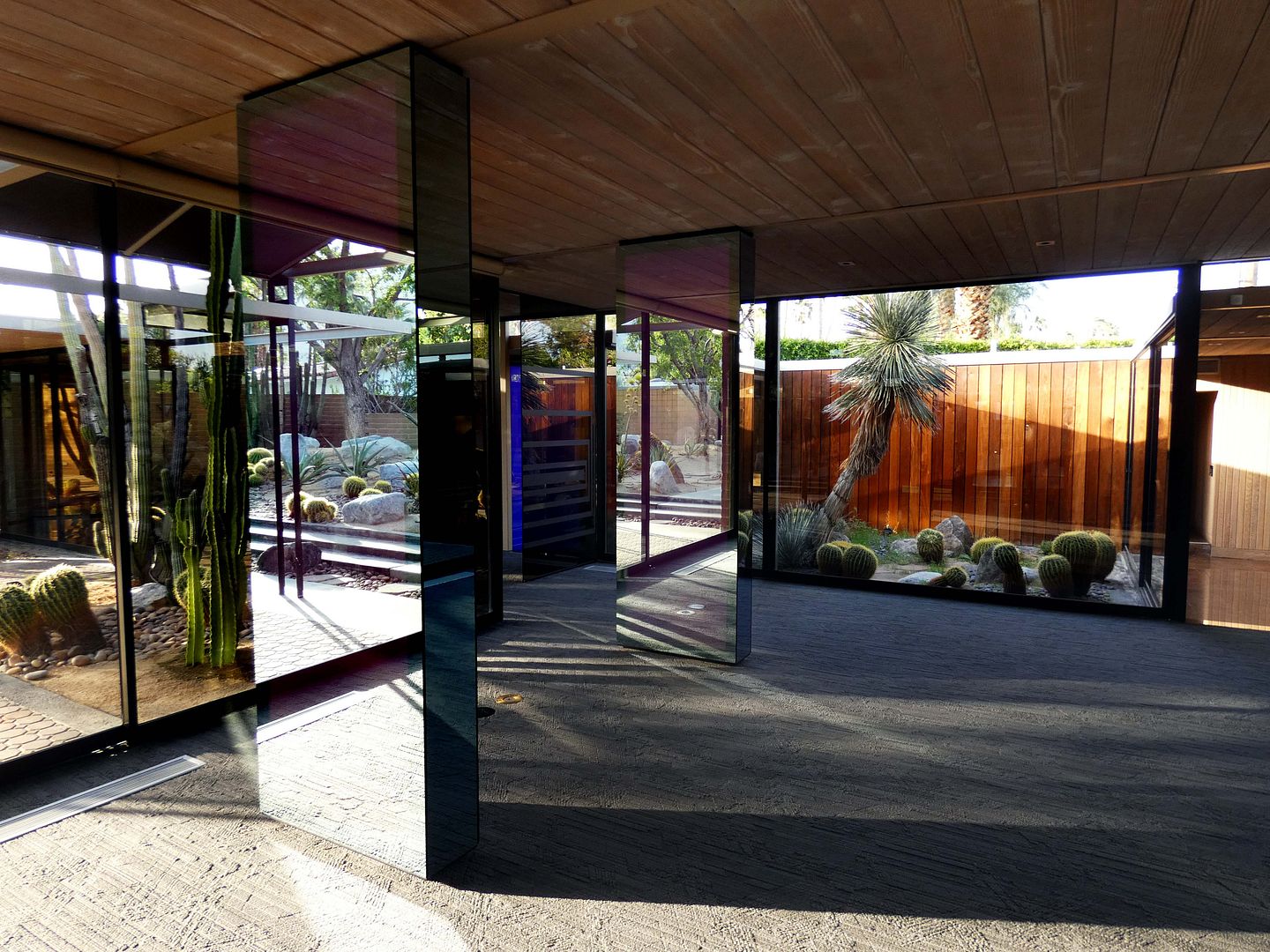
We arrived at 6 p.m., about an hour before sunset but right before the sun would dip behind the mountains to the west. Palm Springs gets kind of dark kind of early.
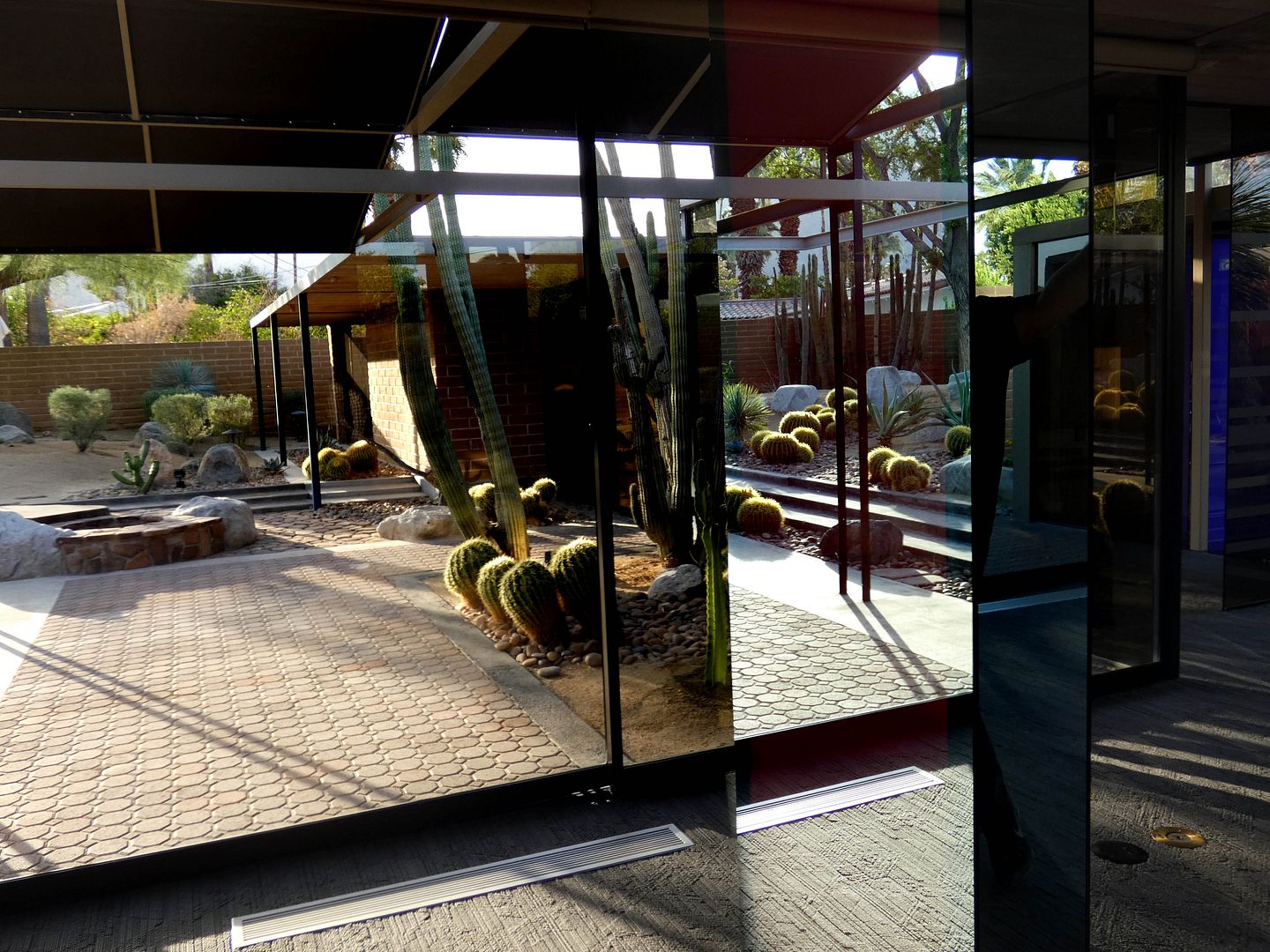
That meant that it was the perfect time to see PKSIII's lightboxes transform from mirrored panels, reflecting the cactus garden outside in the garden court...
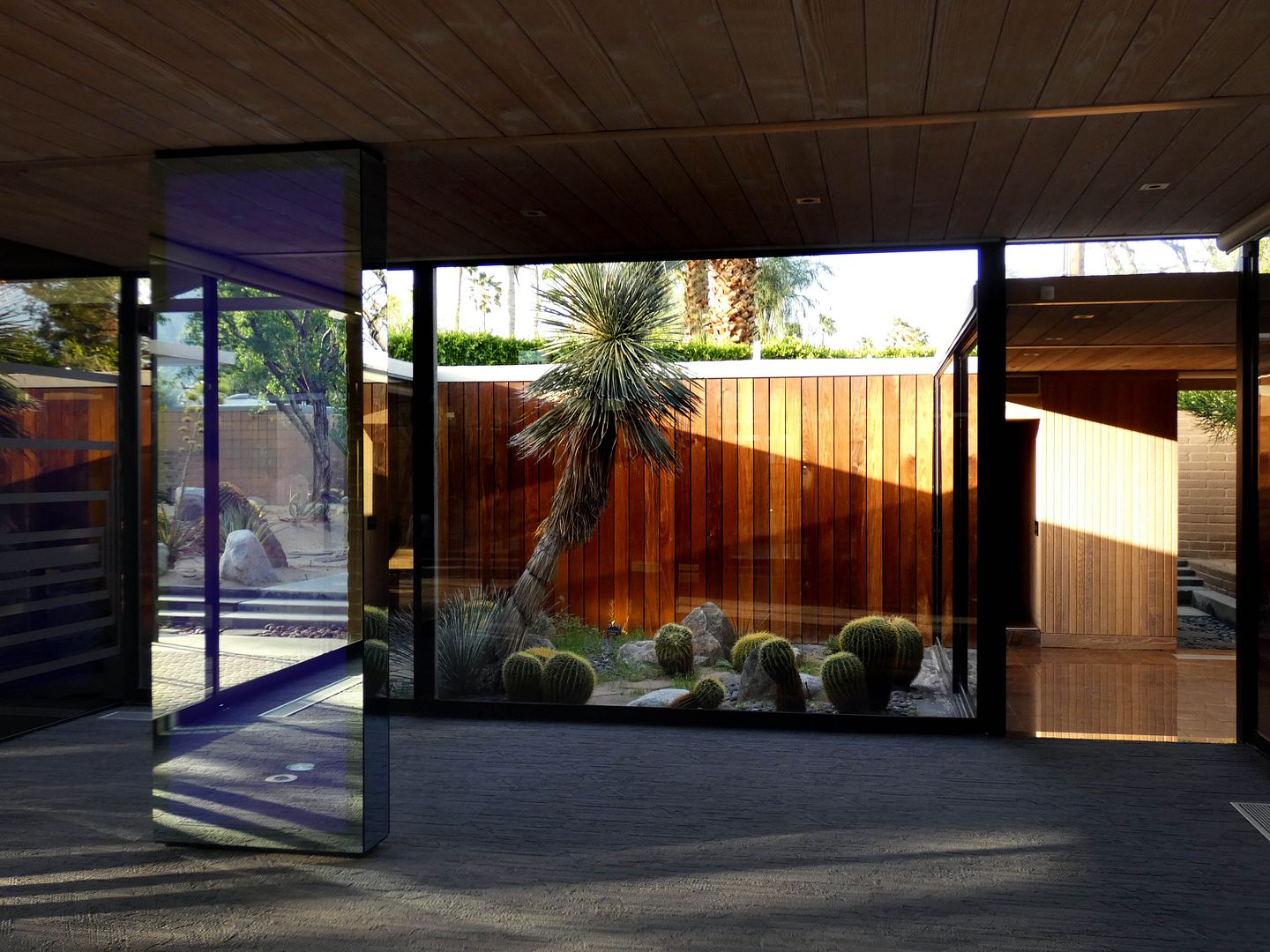
...to glowing columns of color-shifting light patterns, strategically choreographed by the artist to differ from each other but work in concert with one another.
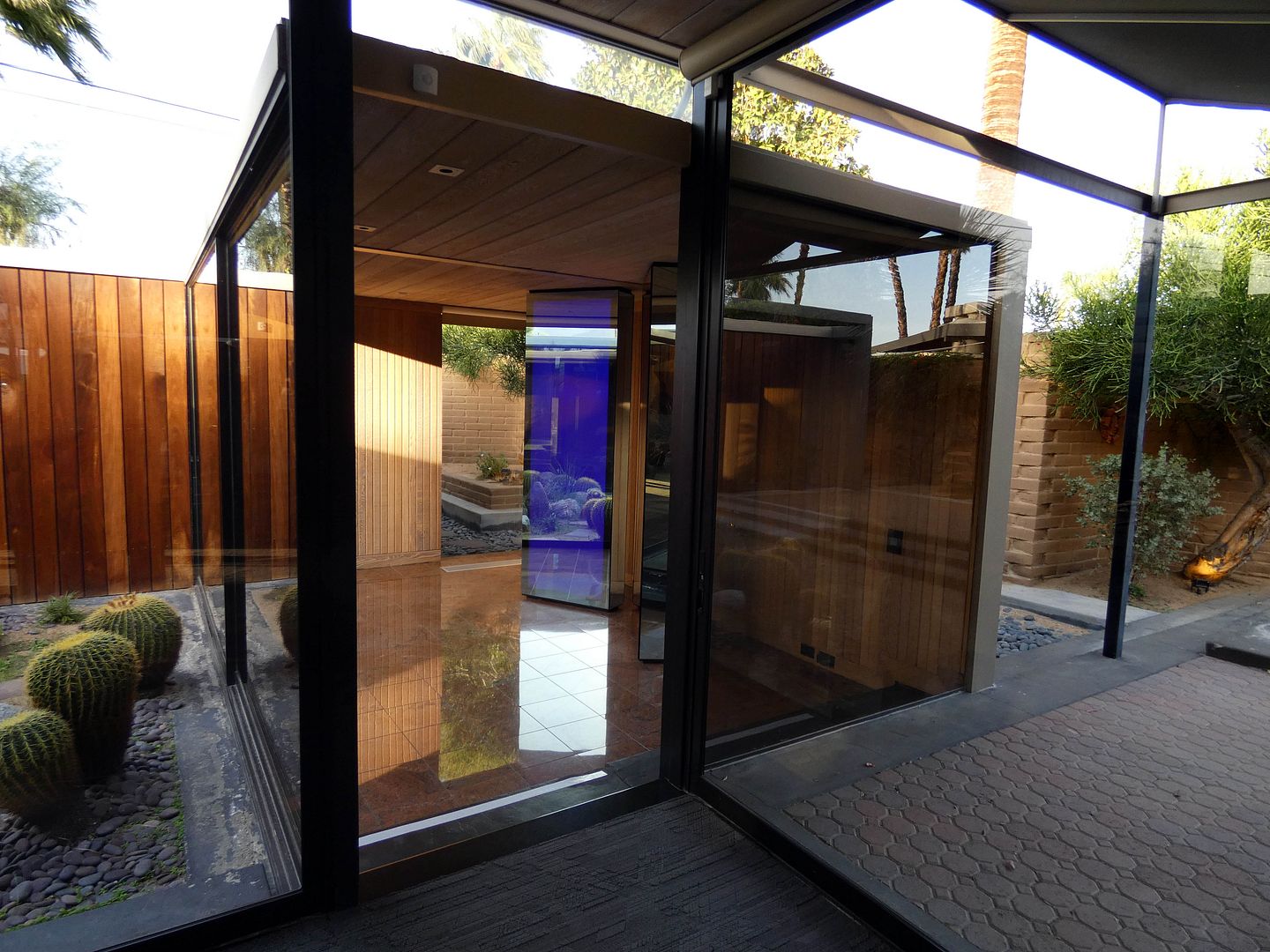
The house is all floor-to-ceiling glass walls, glass sliding doors, and steel beams—so you can see much of the rest of the house from whatever room you're standing in.
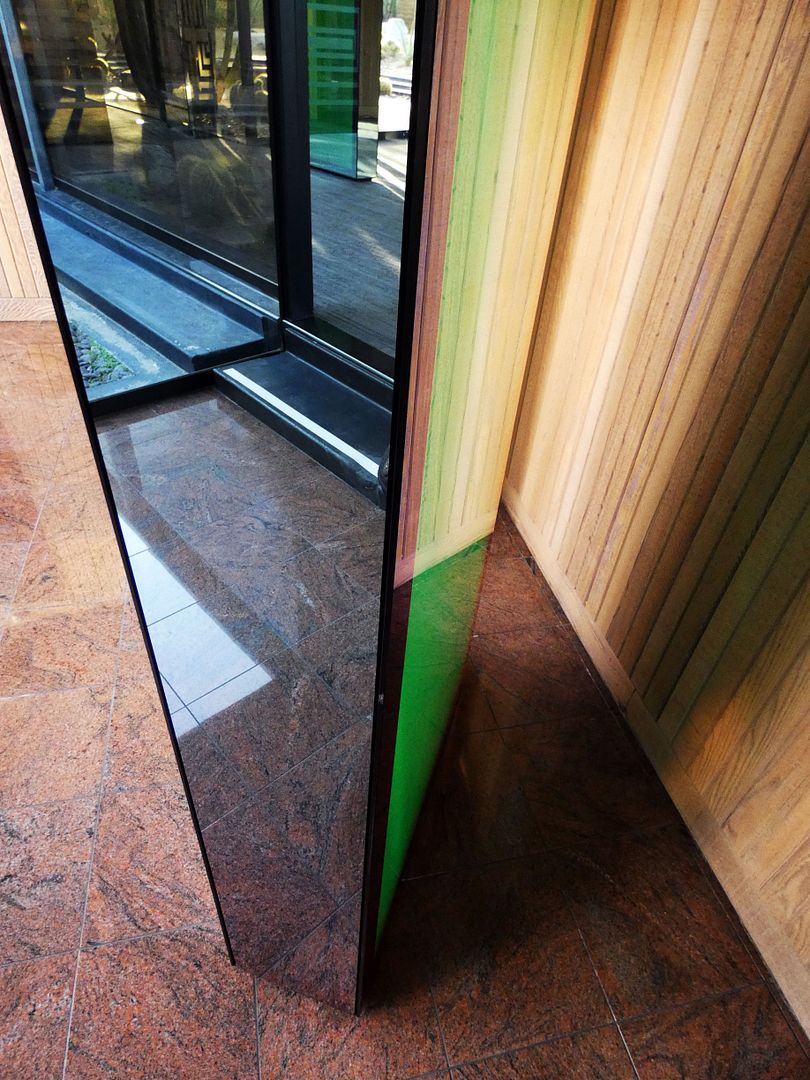
Cody's bare-bones approach of using minimal structural elements—a hallmark of the Desert Modernism movement that evolved out of Cody's architectural contributions to Palm Springs—made the home (sometimes called "Cody's Cody") an ideal canvas for PKSIII's hall of mirrors and colored light.
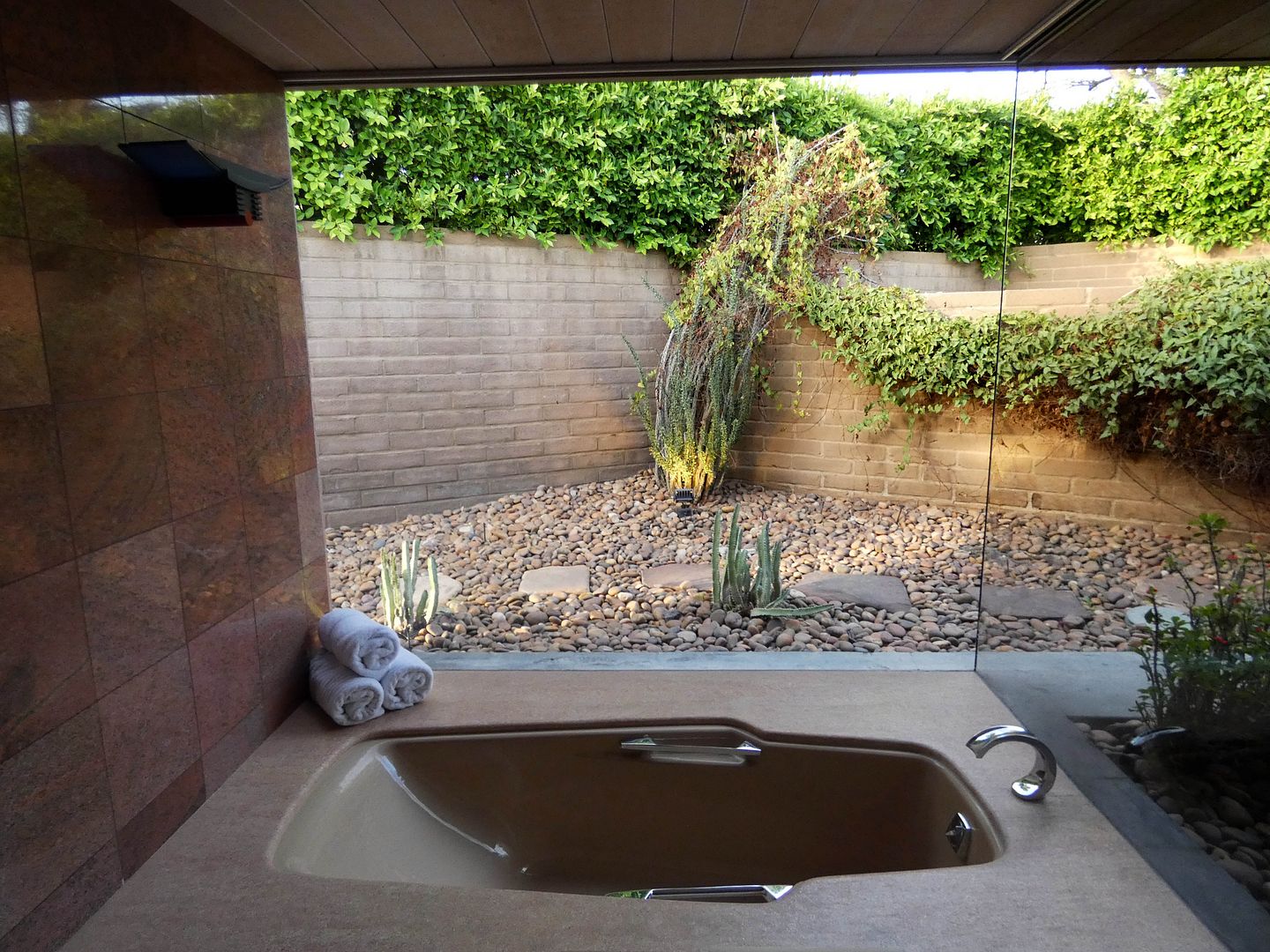
Some areas of the house were open for wandering, despite not being part of the artwork...
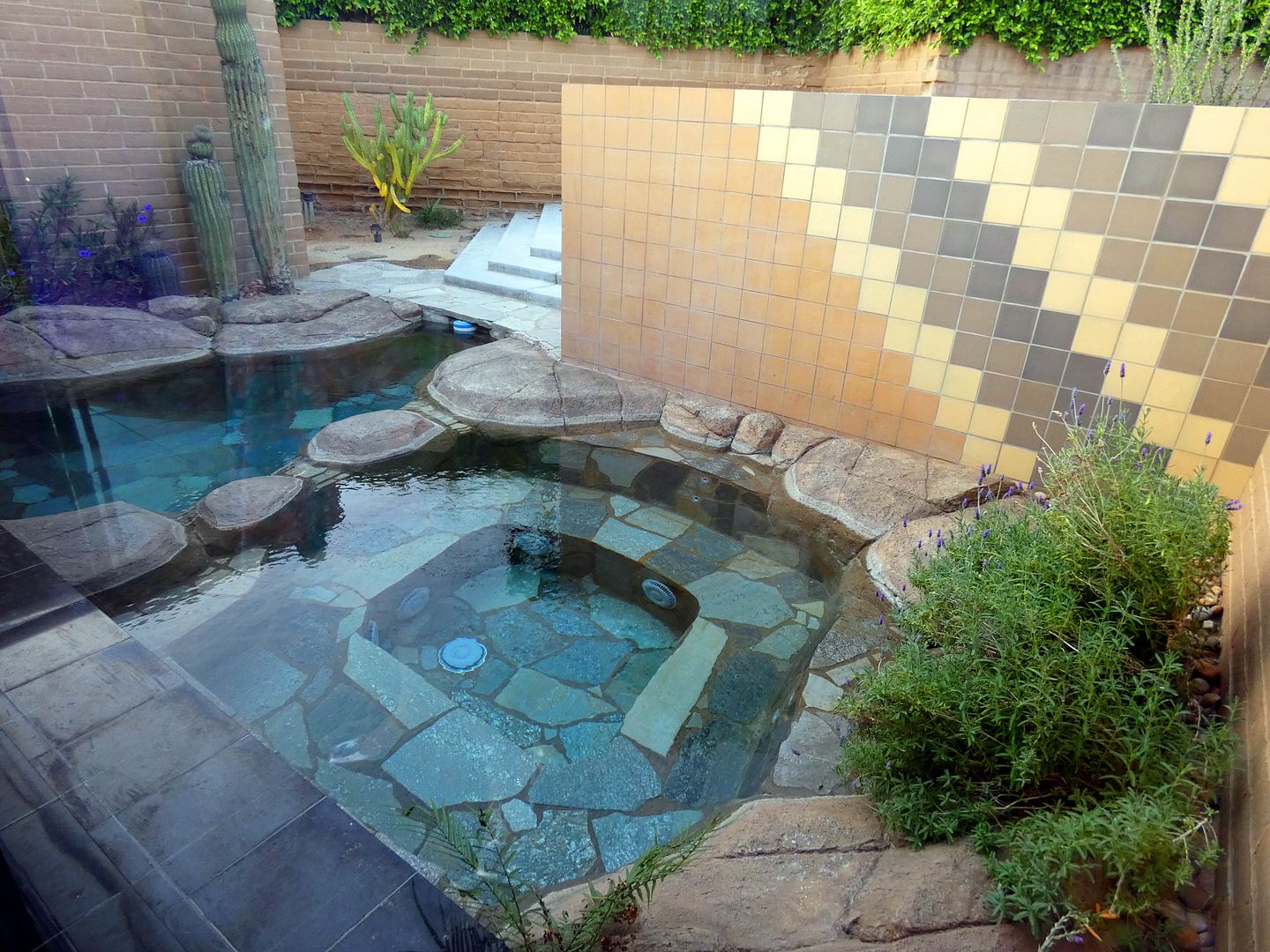
...like the bathroom spa tub, the al fresco shower, and the rock-walled jacuzzi.
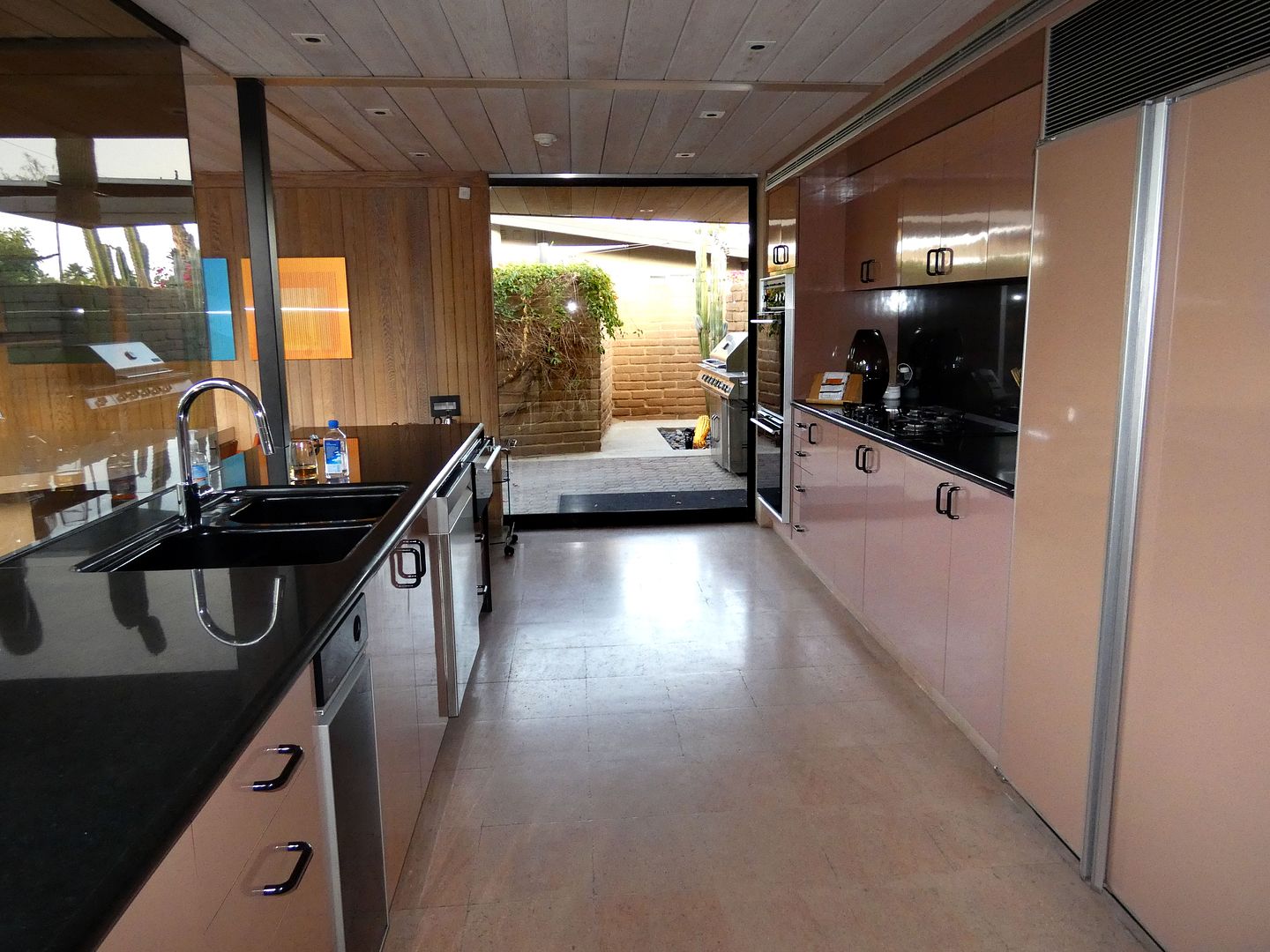
Rooms were re-floored with more contemporary carpeting and tiles, but we still found ourselves tapping our toes to determine whether any of the original flooring—be it tile, granite, or travertine—remained.
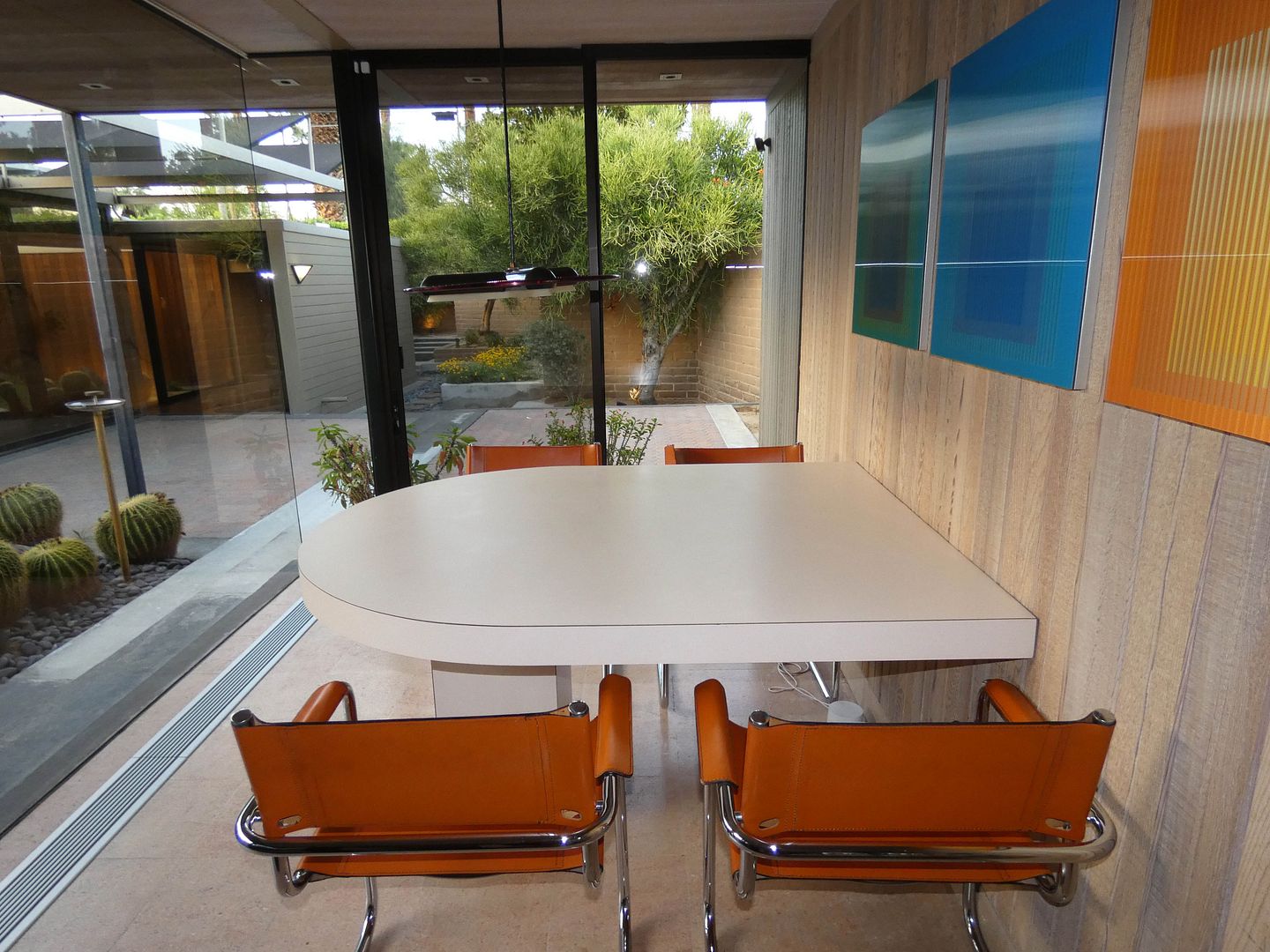
It's fun to imagine living in this glass jewel box and looking out on the desert, no neighbors in sight. 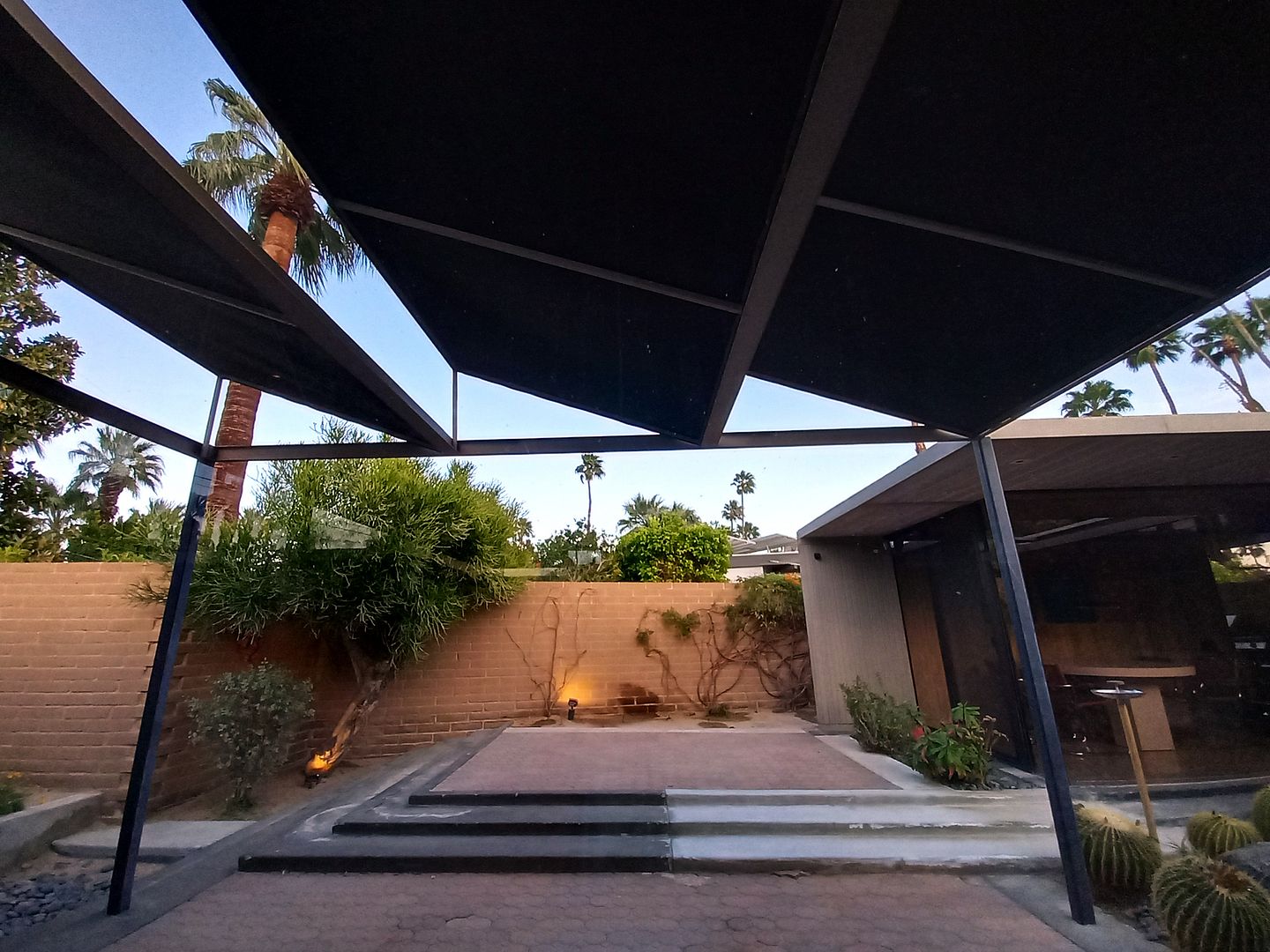
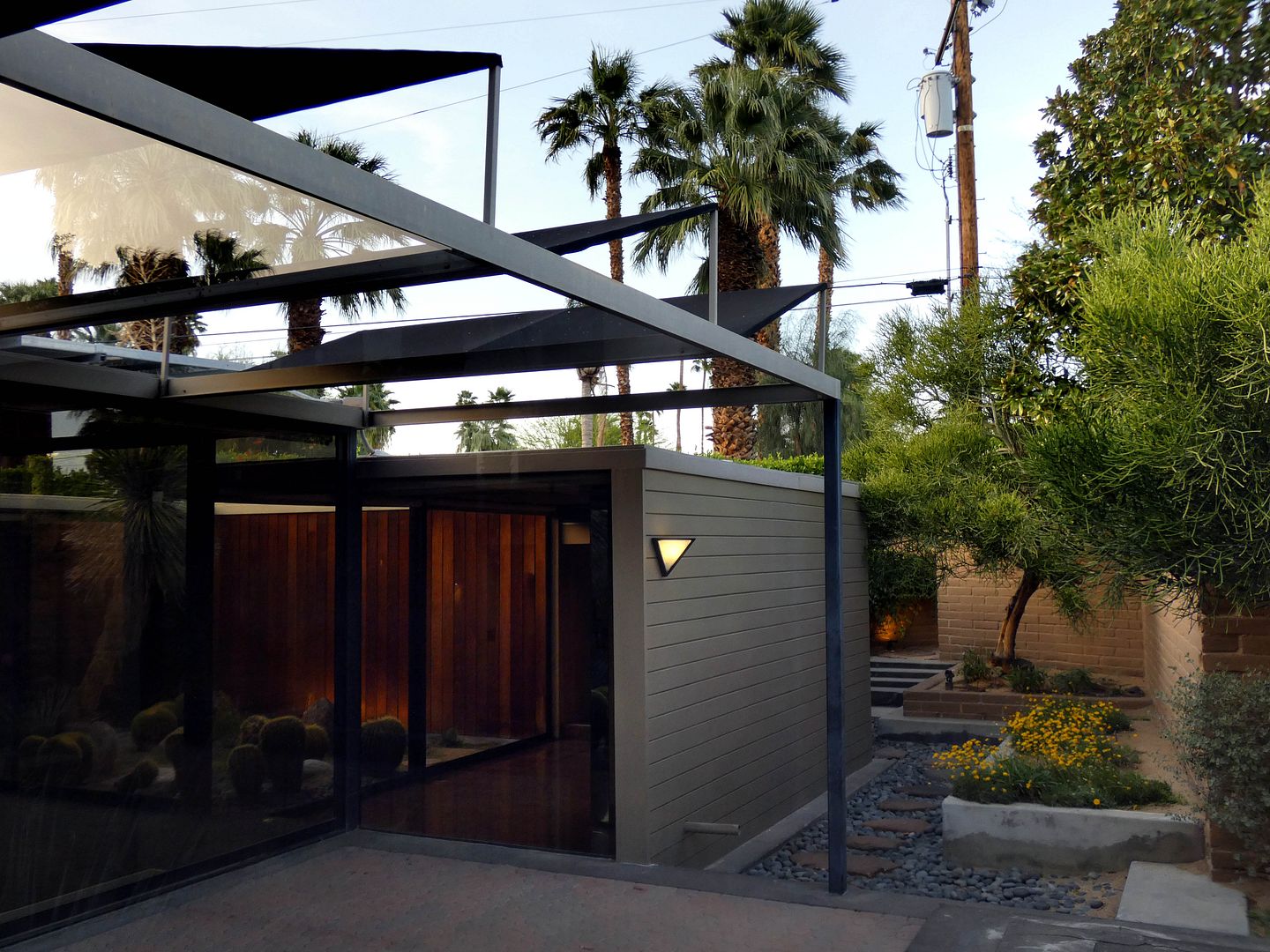


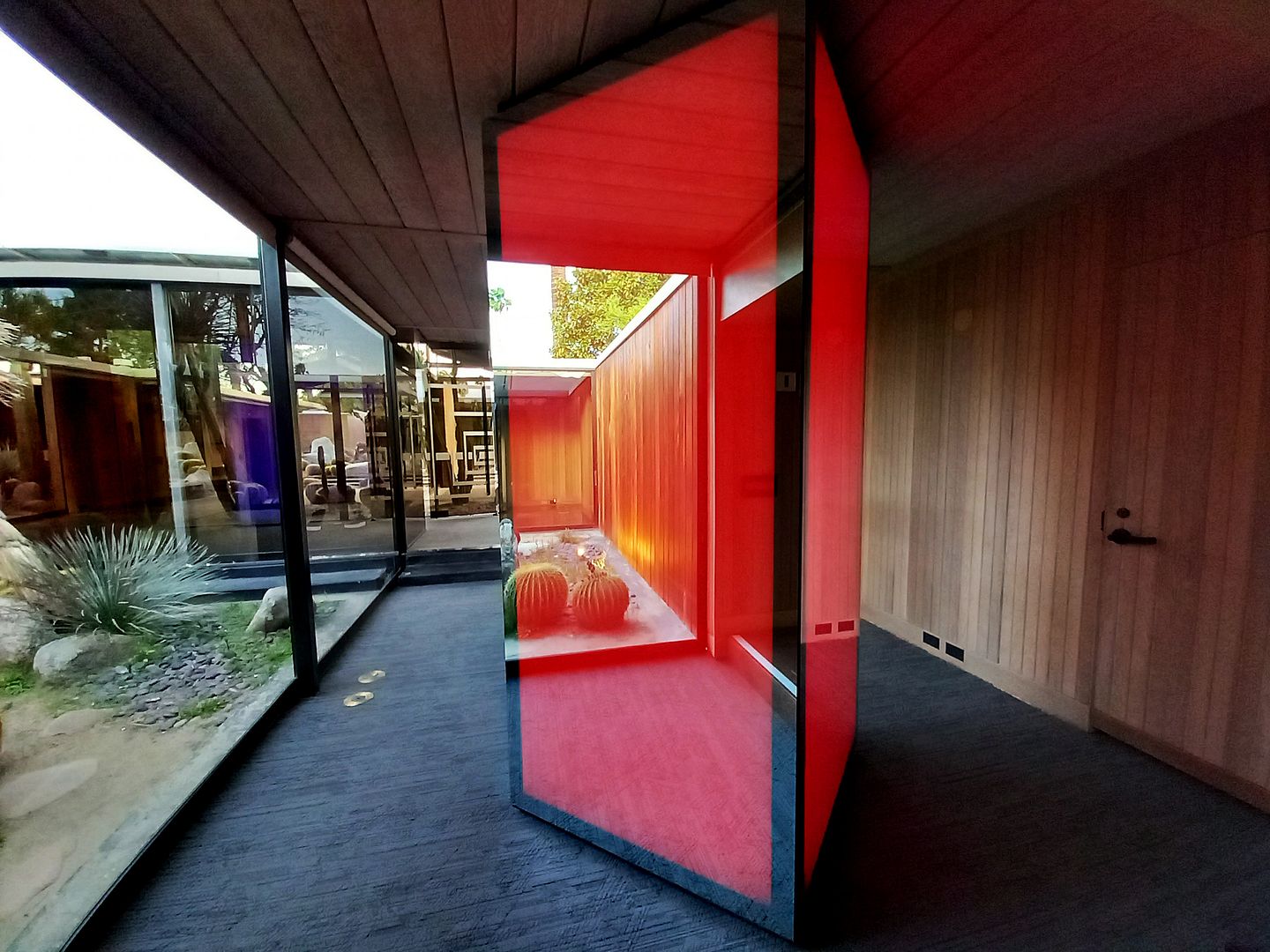
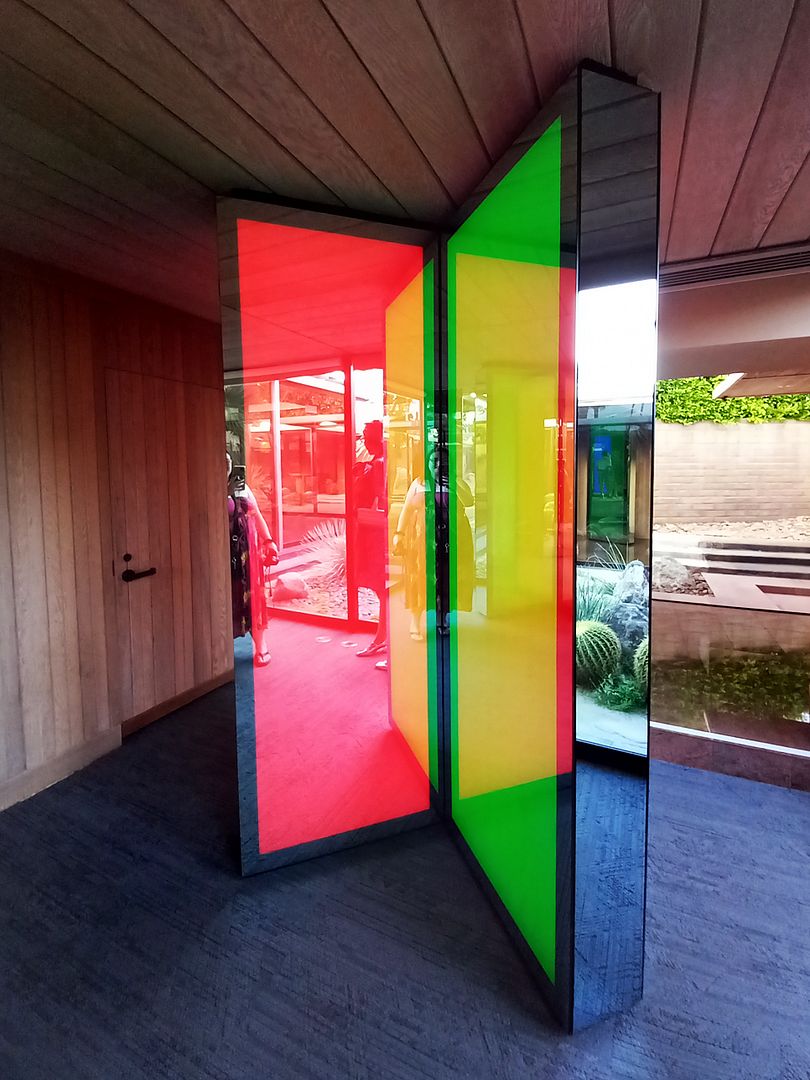
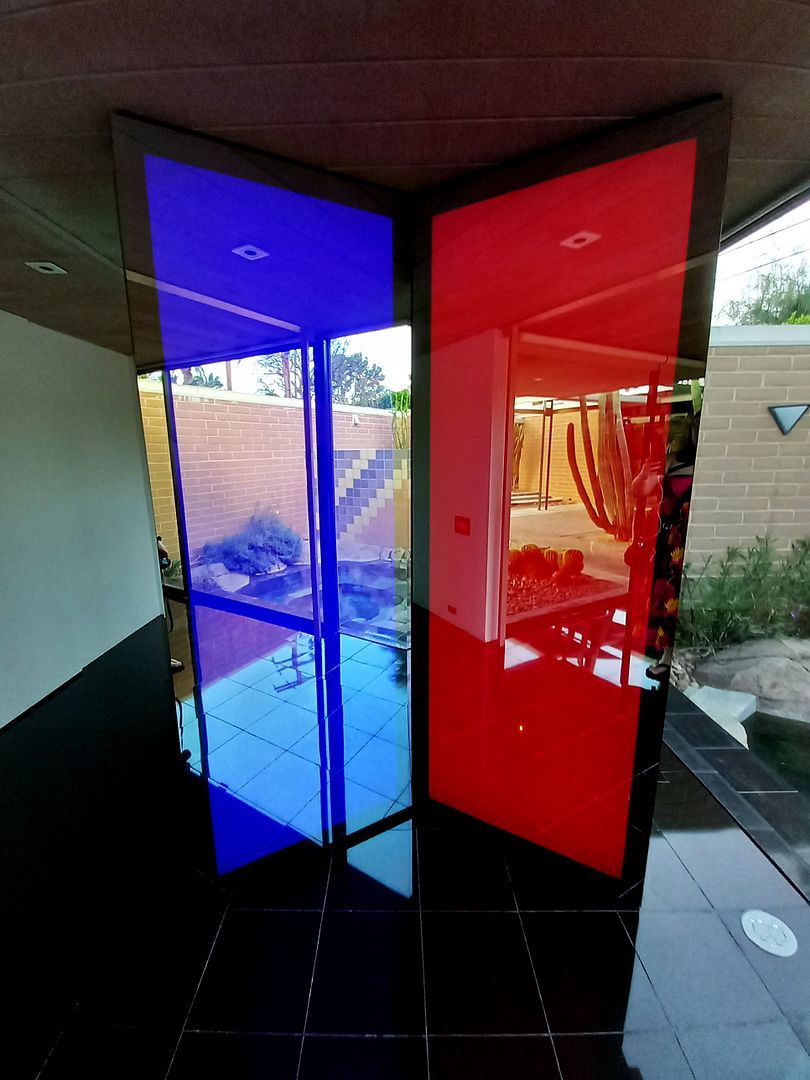

But the way that the house is configured, it really gazes upon itself, built on staggered levels (taking advantage of the site's topography) with sunken rooms and shallow steps.

The September 1952 issue of Arts and Architecture magazine described its "great simplicity and
delicacy of framing," and noted that it incorporates "all considerations necessary in a desert climate and provides an airy, lightly constructed, self-contained environment enclosed completely by an adobe wall."

The wood-paneled walls and ceilings were sandblasted during one of the renovations over the years—perhaps during those conducted between 1990 and 1992 by architect Francisco (Frank) Urrutia, who worked alongside Cody from 1969 to 1974. He moved into the Cody House in 1989 and lived there until it was most recently sold in 2022 (for $2.65 million).

Fortunately, the current owners removed the contemporary furniture to make room for the installation (and, I suppose, avoid distractions).

Because of the cycling color schemes, I could make the rounds through the house multiple times and rarely see the same thing twice...

...especially with the changing lighting conditions outside.

The installation is called "0/90/120"—a reference to how the light columns (or "volumes," as the artist calls them) are positioned with respect to the house, whether at 0 degrees, 90-degree angles, or 120-degree angles.

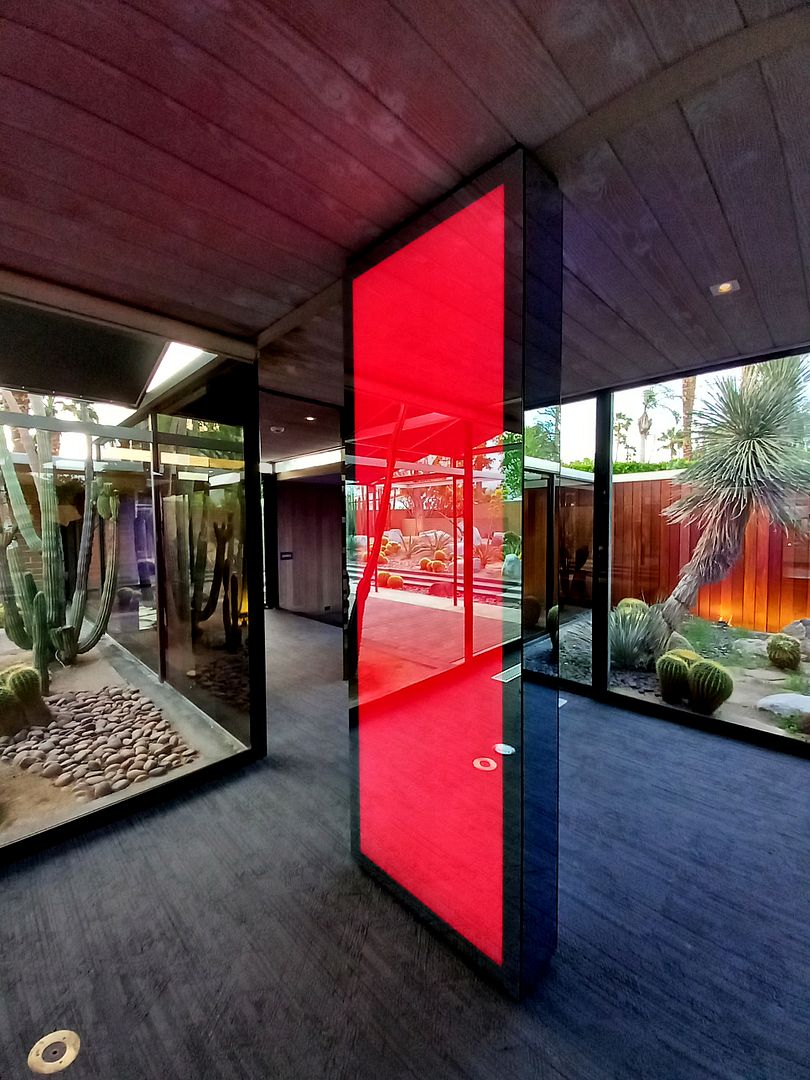
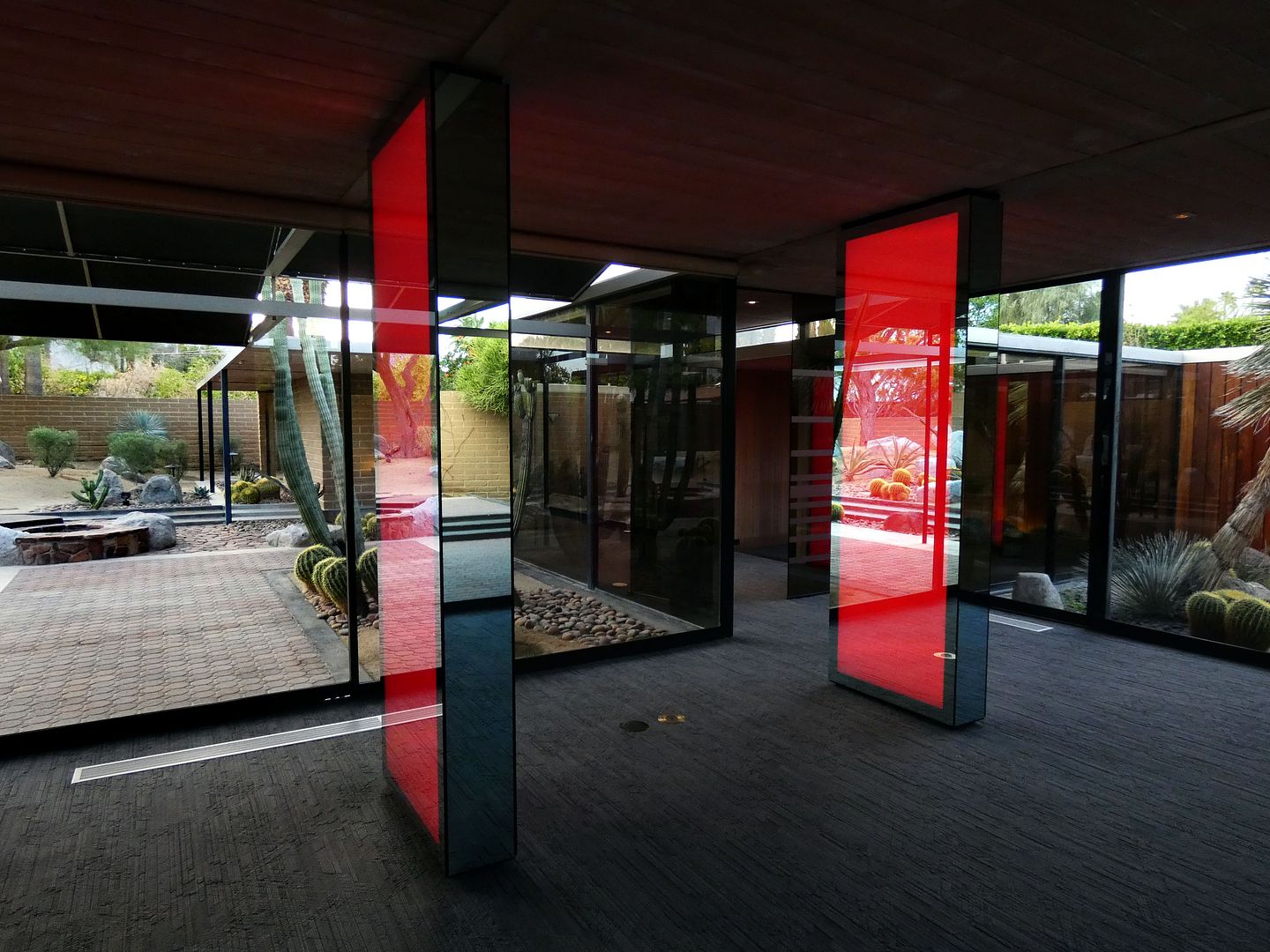

Some things can only be seen as a reflection.

As the rooms darken, some of those images begin to simply float.

And although we needed to leave before it was fully dark inside, I got what I wanted out of the experience—to witness the intermingling of art and architecture, thanks to an artist I enjoy following and a groundbreaking desert architect.
Related Posts:

No comments:
Post a Comment